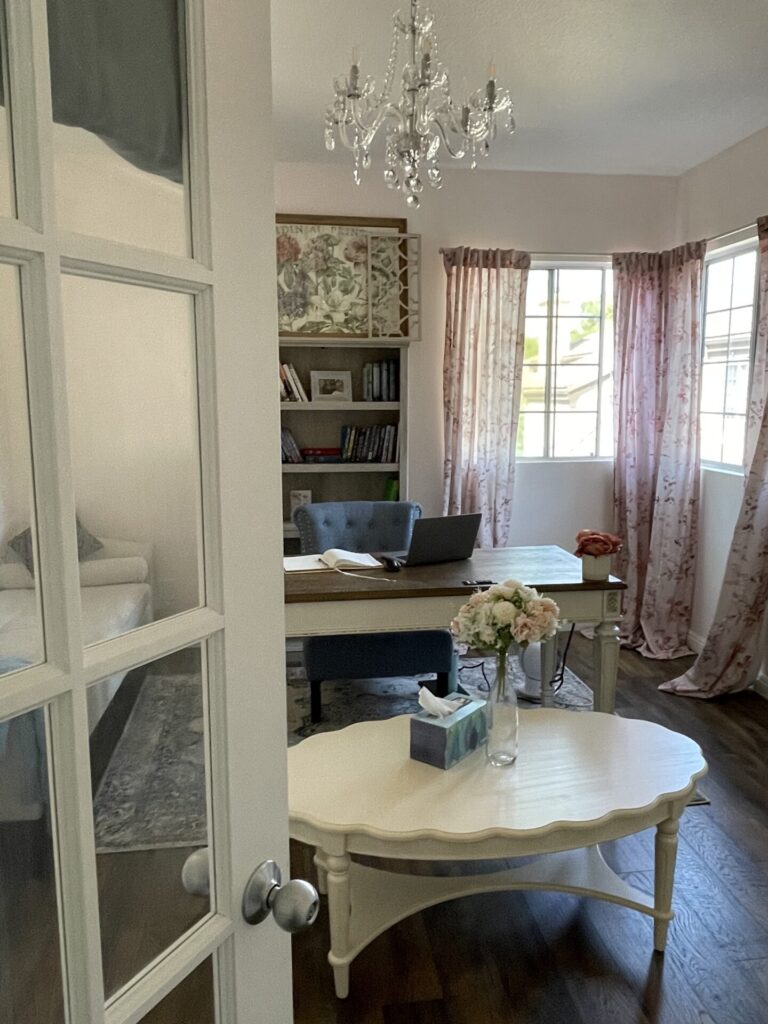How I Build Fictional Worlds That Feel Real
How I Build Fictional Worlds That Feel Real
When I first began writing fiction, I thought worldbuilding belonged only to fantasy and science fiction writers. I imagined maps of kingdoms, intricate magic systems, and long histories of invented lands. But as I wrote my own novels, I discovered something surprising: every story requires worldbuilding. Whether it is a small coastal town, a bustling city, or a tucked-away cottage, the world around the characters shapes everything they do.
For me, worldbuilding is not just about creating a backdrop. It is about creating a living, breathing environment that feels as real to the reader as it does to me. I want my readers to believe they could step into the pages, smell the salty air, walk down the streets, and overhear conversations in the café. That sense of immersion is what turns a story from words on a page into an experience.
Drawing From Real Places
Much of my inspiration comes from real settings. Bainbridge Island, for example, has been the heartbeat of my Seastone Cove series. The island’s coastal beauty, its small-town charm, and the way the sea seems to press close on every side gave me an anchor for the fictional Seastone Cove.
When I visit places that inspire me, I pay attention to details others might overlook. I notice the way the air feels heavy with salt, the way moss creeps along wooden fences, or the way locals greet each other with easy familiarity. These small details are what make a world vivid. They are the difference between a generic seaside town and one that feels lived-in and real.
I do not copy a place directly, though. Fiction requires flexibility. I borrow the essence of a location, then reshape it to fit the needs of the story. Seastone Cove is not Bainbridge, but it is infused with the spirit of Bainbridge. It is my imagined version, tailored to hold the characters and conflicts I wanted to explore.
The Power of Sensory Detail
If a reader can see, hear, smell, taste, and feel a place, then it becomes real to them. That is why I focus so much on sensory detail in my writing.
When Amelia and Jack walk along the cove, I do not just describe the waves. I describe the sharp cry of gulls, the sting of wind on their cheeks, the crunch of gravel beneath their shoes. When a character enters a restaurant, I describe not only the menu but the warmth of bread, the clatter of cutlery, and the hum of conversations around them.
These details are not filler. They are what root a reader in the moment. A single sensory cue can transport someone instantly into the scene. It is the difference between reading about a place and feeling like you are standing in it.
Creating Culture and Community
Worlds are not built only of landscapes. They are built of people. The way a community functions, the traditions they hold, and the rhythms of their daily lives all matter.
When I created Seastone Sanctuary, I imagined not only the building but the people who filled it. How would artists and writers interact during a retreat? What meals would they share? How would the staff and visitors influence one another?
Even in a small town, culture exists. It might be a tradition of gathering at the local café, or a long-standing rivalry between two families. These elements add richness and make the world feel inhabited beyond the main characters.
Research and Imagination
Research is a quiet but important part of my process. I study coastal towns, marine life, and the weather patterns of the Pacific Northwest. It also helps because I live here! I read about art retreats, restaurants, and boutique ownership to make sure I portray them with accuracy. I want the fictional details to stand on a foundation of truth.
At the same time, imagination gives me freedom. I do not need to replicate reality exactly. Fiction allows me to heighten atmosphere, to amplify certain moods, or to create a landmark that does not exist but feels like it could. That blend of truth and imagination is where the magic happens.
Avoiding the Info Dump
One of the hardest parts of worldbuilding is resisting the urge to explain everything. As a writer, I often know more about the world than I reveal on the page. That knowledge is important because it shapes how I write, but the reader does not need to know every detail.
I try to weave details naturally into the story. Instead of writing a long description of the town’s history, I might let a character casually mention how the pier was rebuilt after a storm. Instead of explaining the entire layout of the sanctuary, I let readers discover it room by room as the characters do.
This keeps the story moving while still painting a vivid picture. Readers want to be immersed, not lectured.
Letting Characters Interact With the World
A world comes alive when characters engage with it. I do not simply describe the cove, I let Amelia feel soothed or unsettled by it. I do not only show the art gallery, I let Joslyn’s choices as a curator reveal her personality and influence the town.
The way characters move through a world tells readers what matters. Their interactions give meaning to the space. When Jack repairs something at the sanctuary, it is not just about fixing a broken door, it is about his desire to protect the place and the people within it.
Layering Over Time
Worldbuilding does not happen in one chapter. It unfolds gradually. Each scene offers a chance to reveal another layer. The reader slowly accumulates knowledge, until the town or setting feels whole.
I do not pressure myself to show everything at once. I let the world breathe and expand naturally, just as it would if a reader were truly visiting a place. The more time they spend there, the more familiar it becomes.
The Emotional Landscape
Ultimately, the most important part of worldbuilding is how it makes the reader feel. A town can be picturesque, but if it does not stir emotion, it remains flat.
I want my settings to mirror the inner lives of my characters. When Amelia feels uncertain, the fog rolling across the cove mirrors her confusion. When Jack begins to heal, the light breaking through clouds reflects his growth. These connections between environment and emotion deepen the resonance of the story.
What Makes a World Feel Real
A real-feeling world is not about perfection. It is about authenticity. It is about capturing the textures, contradictions, and rhythms of life. It is about giving readers enough detail to believe in a place, but enough space to imagine themselves there.
When I write, I ask myself: could someone close their eyes and picture this? Could they feel at home here? If the answer is yes, then I know the world is alive.
Worldbuilding is not separate from storytelling. It is storytelling. The world shapes the characters, and the characters shape the world in return. That is how fictional places take root in readers’ hearts and linger long after the final page.




